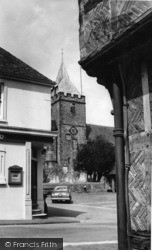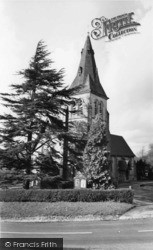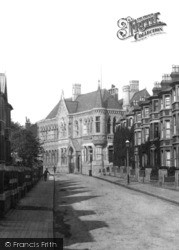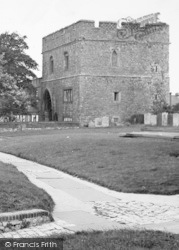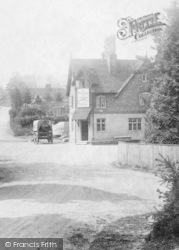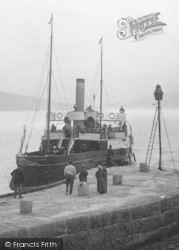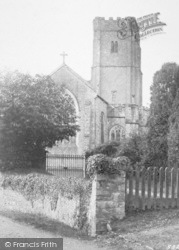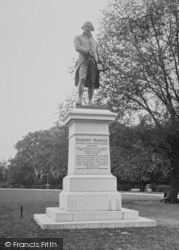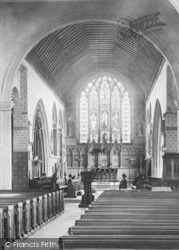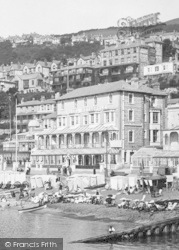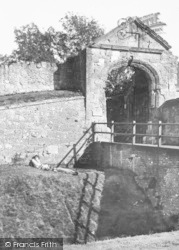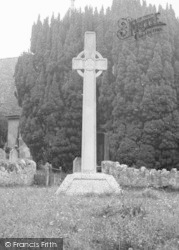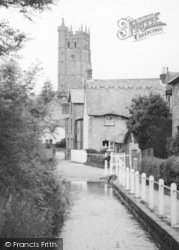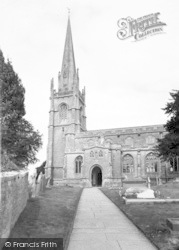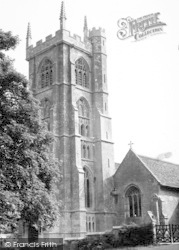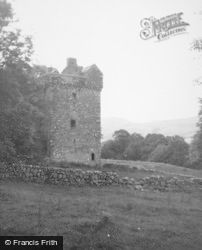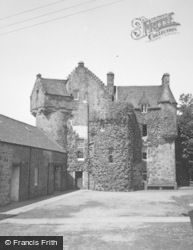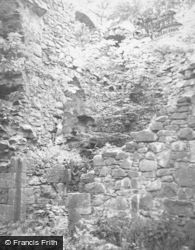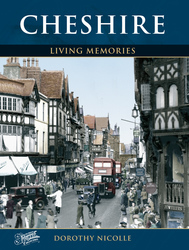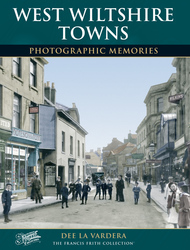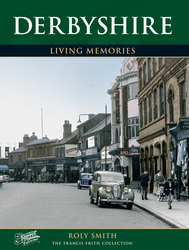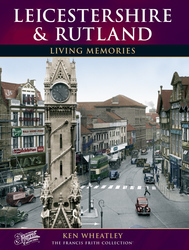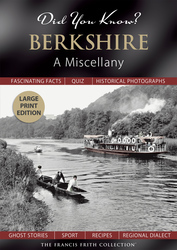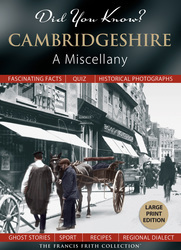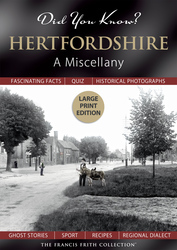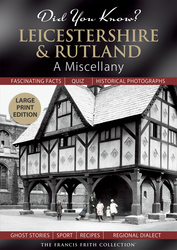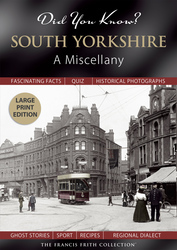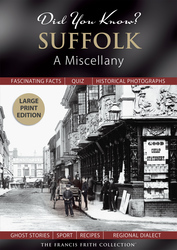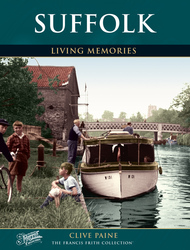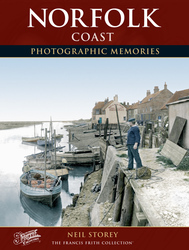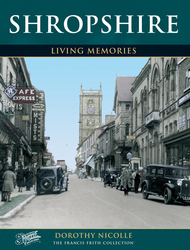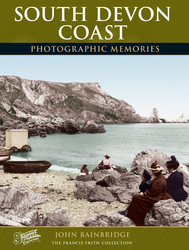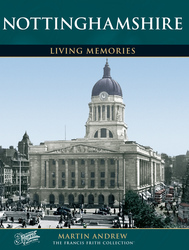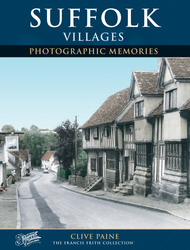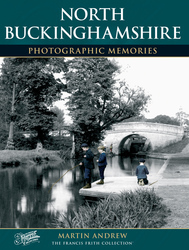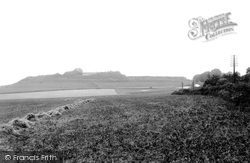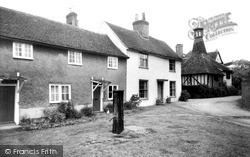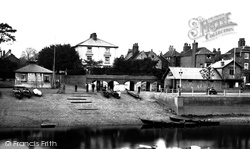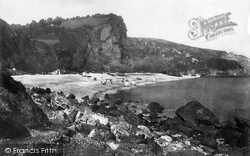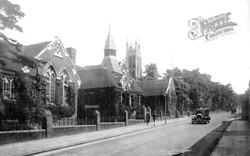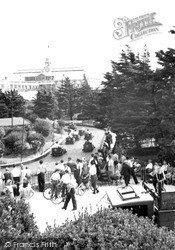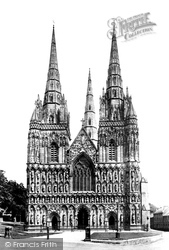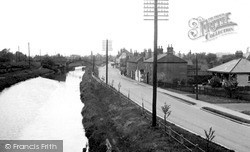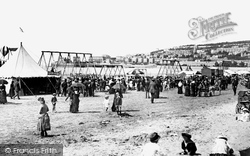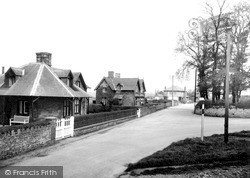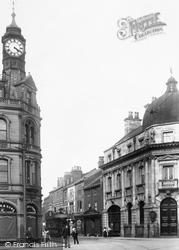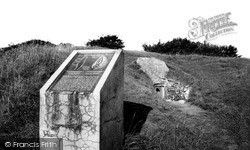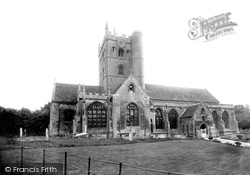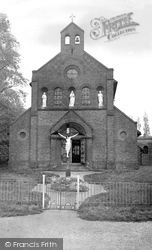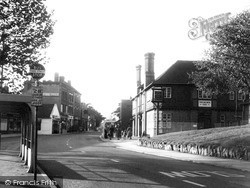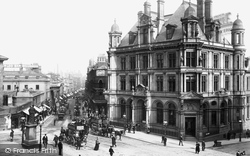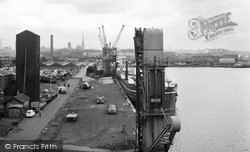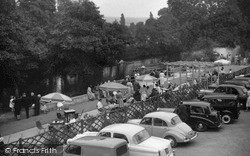Merry Christmas & Happy New Year!
Christmas Deliveries: If you placed an order on or before midday on Friday 19th December for Christmas delivery it was despatched before the Royal Mail or Parcel Force deadline and therefore should be received in time for Christmas. Orders placed after midday on Friday 19th December will be delivered in the New Year.
Please Note: Our offices and factory are now closed until Monday 5th January when we will be pleased to deal with any queries that have arisen during the holiday period.
During the holiday our Gift Cards may still be ordered for any last minute orders and will be sent automatically by email direct to your recipient - see here: Gift Cards
Places
36 places found.
Those places high-lighted have photos. All locations may have maps, books and memories.
- Shanklin, Isle of Wight
- Ventnor, Isle of Wight
- Ryde, Isle of Wight
- Cowes, Isle of Wight
- Sandown, Isle of Wight
- Port of Ness, Western Isles
- London, Greater London
- Cambridge, Cambridgeshire
- Dublin, Republic of Ireland
- Killarney, Republic of Ireland
- Douglas, Isle of Man
- Plymouth, Devon
- Newport, Isle of Wight
- Southwold, Suffolk
- Bristol, Avon
- Lowestoft, Suffolk
- Cromer, Norfolk
- Edinburgh, Lothian
- Maldon, Essex
- Clacton-On-Sea, Essex
- Felixstowe, Suffolk
- Norwich, Norfolk
- Hitchin, Hertfordshire
- Stevenage, Hertfordshire
- Colchester, Essex
- Nottingham, Nottinghamshire
- Bedford, Bedfordshire
- Bury St Edmunds, Suffolk
- Aldeburgh, Suffolk
- St Albans, Hertfordshire
- Hunstanton, Norfolk
- Chelmsford, Essex
- Bishop's Stortford, Hertfordshire
- Peterborough, Cambridgeshire
- Brentwood, Essex
- Glengarriff, Republic of Ireland
Photos
2,038 photos found. Showing results 181 to 200.
Maps
25 maps found.
Memories
Sorry, no memories were found that related to your search.
Captions
237 captions found. Showing results 217 to 240.
This was a large mill on the River Nadder just upstream from the confluence with the Avon.
The duck pond on Writtle Green is still the jewel in this village's crown - though these days it has rails around it.
This row of three cottages is in Church Street. They are set slightly below road level, and are reached by steps down. The thatch remains in excellent condition, and so do the porches.
Cricket too arrived in the 19th century - the first recorded match played by Twickenham Cricket Club was on July 29th 1833 against Thames Ditton - but it was in the next century that the world
The beach may have been home to bathing machines by day, but at night there were other things going on - in 1853 a raid by customs men revealed 153 casks of smuggled rum and brandy.
Edward Parry was the founder, in 1870, of a local newspaper appropriately called 'The Kidderminster Shuttle'. He also wrote the inscription on both the Baxter and Hill statues.
Here, those staying in Royal Terrace or at The Royal Hotel, could walk in peace, or linger for a while on one of the benches provided.
In the early 1920s the premises were converted into a restaurant, the Garrick, and then rebuilt to become a branch of the National Provincial Bank and later Lloyds Bank.
During the Civil War the cathedral and its surrounding Close were fortified and held for the King; the rest of the city declared for Parliament. Parliamentarian troops under Lord Brooke attacked.
In the middle distance is the site of the old swing bridge, now replaced by the present 1937 bridge on the A57 bypass upon which the photographer is standing.
Here you can see the wide range of entertainment on offer on the beach. On the left, the tea tent was run by the Castle Coffee House, based in Castle Street.
This village, on the A4055 between Penarth and Barry, is so small that it could be easily overlooked. Station Road looks a tidy place: the hedges are well trimmed and the roadway is clean.
This is the junction of St Sepulchre Gate and the High Street. It was down Baxtergate that Freeman, Hardy and Willis had their branch.
Generally known as Hetty Pegler's Tump, named after a local landowner (Tump being a Cotswold word to indicate a small hill or mound), this Neolithic long barrow a mile to the north of Uley
St John's church stands in what was the inner bailey of Devizes's castle. A massive tower with a round stair turret dominates this basically Norman building.
The railway station—formerly called East Horndon—stood in the middle of nowhere when it was first built in 1886; the Railway Hotel was previously a coaching inn.
Even the opening date was kept a secret until a few minutes before the departure of the first train, for fear that the train would be overloaded; the railway only had one engine.
Bevere Island is the second largest of all the natural islets in the River Severn and used to be a refuge for the citizens.
By the end of the 19th century, New Street was both the principal business street in the town and the best for shopping and entertainment.This view is from Paradise Street.
The council had been losing money for year on year, and felt that the drain on council rates was not good for the town.
Downstream from the old bridge, the Wharfe takes on a gentle benign feel. Here pleasure boats can be hired in the summer months.
Places (6814)
Photos (2038)
Memories (0)
Books (431)
Maps (25)


